The explosion of the concealed carry market has meant nothing but good news for gun nuts. Between micro 380s, single-stack 9mms, and snub-nosed wheel guns, there’s no shortage of options for those looking to take responsibility for their personal safety.
Gun manufacturers have been more than happy to oblige, though some have been quicker than others. Walther is among the last of the major handgun companies to offer a subcompact semi-auto, but, as the old saying goes, good things come to those who wait. (Also, better late than never.)
The Walther PPQ Sub-Compact is a CCW take on the company’s legendary self-defense handgun. It retains the same great trigger and industry-leading ergonomics as the original PPQ while making a few internal changes (improvements? more on that below) to correct for its diminutive stature. If you’ve been looking for a carry pistol with more capacity than the single-stack alternatives, the PPQ SC is worth a look.
Spec Sheet
CALIBER: 9mm
BARREL LENGTH: 3.5″
TRIGGER PULL: 5.6 LBS
TRIGGER TRAVEL: 0.4″
TRIGGER RESET: 0.1”
CAPACITY: 10 RDS/15 RDS
OVERALL LENGTH: 6.6″
HEIGHT: 4.4″
WIDTH: 1.3″
WEIGHT EMPTY: 21.2 OZ
SAFETY: 3 AUTO
SLIDE STOP: Ambidextrous
MAG RELEASE: Reversable
Walter offers two additional models along with the standard version I tested. The W/XS F8 Nights Sights edition comes with a pair of all-metal tritium/photoluminescent sights instead of polymer sights, and the Law Enforcement edition comes with night sights and an extra magazine.
Walther doesn’t list an MSRP on their website, but you can find the standard version on GunsAmerica for just under $600.
All models come with 10 and 15-round magazines, a speed loader, an extended backstrap, and a reversable mag release button. The PPQ SC isn’t cheap, but Walther includes a few extras you won’t find in more budget-friendly CCW packages.
Features – Trigger, Ergonomics, Sights
You know what else you won’t find included with most of those handguns? Decent triggers. But that’s what you get with the PPQ SC. I suspected I would like the trigger when I noticed that Walther lists the pull weight, travel distance, and reset distance in the spec sheet on their website. Walther’s German engineers have for years prided themselves on their out-of-the-box triggers, and the SC maintains that legacy.
On the model I received, the first third of the 0.4-inch pre-travel takes up loose slack, followed by greater, even resistance until the clean, 5.7-pound break. The reset is right on the money at 0.1 inches, and, like the trigger break, it’s crisp and tactile.
You’ll have to judge for yourself, but I see no need for an aftermarket trigger kit. There’s obviously an economic benefit here, but there’s a legal one as well. Many, including myself, worry that a modified trigger could become a liability in the legal aftermath of a self-defense situation. The PPQ SC lets you avoid that dilemma entirely, which makes the extra $150 you’ll spend on Walther’s offering look smaller and smaller.
The PPQ SC is indeed smaller than its forefather, but Walther managed not to sacrifice any of its ergonomic superiority. Walther’s handguns are well-known for comfort, and even this sub-compact variety feels great. The deep beaver tail, the basket-weave texturing, the ample, double-stack grip, and the molded-in finger grooves combine to provide an excellent shooting experience.
My pinky floats off the end of the grip while using the 10-round magazine (I hate this), but Walther offers a magazine extension for folks with the same pet peeve. The SC package also comes with an extended backstrap for those with, especially large paws.
While the trigger and ergonomics both receive five stars, the sights on the standard version are a mixed bag. The three-dot design is simple and easy to see, and the adjustable rear sight came in handy the first day at the range. But the polymer construction is cause for concern. The adjustment mechanism should keep the rear sight from drifting, but both front and rear are susceptible to damage from a drop on a concrete surface. If this concerns you, there’s an easy fix: the night sight edition only runs about $50 more than the standard.
Nitty Gritty – Changes from the PPQ
The PPQ SC might look like a cut-down PPQ, but a closer inspection reveals that Walther made several internal changes from their flagship handgun.
The biggest changes are found inside the slide. Rather than milling the slide to incorporate the firing pin, striker block, etc, the PPQ SC uses a polymer insert to hold these pieces in place. I reached out to Walther’s Director of Product Development, Bret Vorhees, who explained that they designed the handgun in this way to better accommodate assembly and basic armorer functions. While it doesn’t improve the pistol’s performance, it also doesn’t decrease performance in any way, and the PPQ SC is held to the same testing standards as all other PPQs.
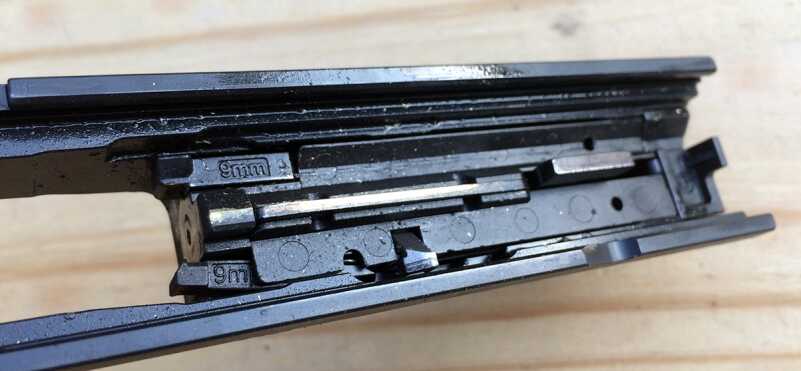
The PPQ SC resembles the PPQ until you look under the hood. (Disregard the gunk — I hadn’t had a chance to clean it.)
Other changes to the SC include an internal extractor, a loaded chamber peephole, and a steel guide rod.
If you already own a PPQ, you should also note that the 15-round magazines are not interchangeable. The magazine springs on the SC mags are stronger to account for the lighter slide and faster cyclic rate, and Walther helpfully stamps “SC” on the bottom of those magazines.
Performance
So, how’d it do?
First, the good. (It’s mostly good). The PPQ SC is a pleasure to shoot. The ergonomic design virtually eliminated the learning curve usually necessary with sub-compacts, and the trigger helped me put shots on target immediately.
To test this, rather than running through my usual set of T&E drills, I tried something more challenging. The FBI revamped their handgun qualification course about five years back, and I’ve been wanting to give it a try. It isn’t a difficult course of fire, but I figured a new handgun would add a sufficiently large monkey wrench to make things interesting.
The course of fire consists of 60 rounds spread across five stages from 3, 5, 7, 15, and 25 yards. Agents are supposed to complete each stage from concealment, which isn’t something I was prepared to attempt with an unfamiliar handgun and no appropriate holster, and I took that into account when timing my strings of fire at each distance.
I won’t get into the details of each stage, but the course requires shooting with strong and weak hands, reloading, and shooting from concealment. Agents shoot at a QIT-99, which I approximated with a man-sized target.
Again, this isn’t a particularly difficult qualification, and I nixed the most difficult part (drawing from concealment), but my ability to put all sixty rounds where they needed to go speaks to the PPQ SC’s intuitive design. Even with the handicaps I gave myself, I’m not confident I could have achieved these results with competing CCW handguns.
Next, I tested for accuracy from 7 and 15 yards with two different loads from both Hornady and Sig Sauer. You can judge for yourself, but I found the results to be more than acceptable for a sub-compact semi-auto. I’ve included the ammunition details in the caption of each image.
The gun also passed the limp wrist test and reliably cycled rapid fire sequences and full magazines.
Now for the bad(ish). The first few times I took the PPQ SC to the range, the gun failed to return to battery on several occasions. That can happen if the shooter doesn’t have a firm hold on the handgun, but it occurred frequently enough to rule out user error. This is obviously a concern on a CCW, so I reached out to Walther.
They said that the magazine sleeve could be slightly out of spec, so they sent me a new one and I took it out to the range. I’m pleased to say the gun ran flawlessly—it never failed to return to battery with any of the loads I tested.
Even though Walther correctly diagnosed the problem, I wanted to mention it because it highlights what can happen when a handgun incorporates new design elements. Sometimes kinks need to be worked out. That being said, Walther is a highly-regarded, well-established company (founded in 1908), and I have no concerns about the quality of their products or processes. Their customer service is also top-notch, so if you have any trouble, they’ll make it right.
Conclusion
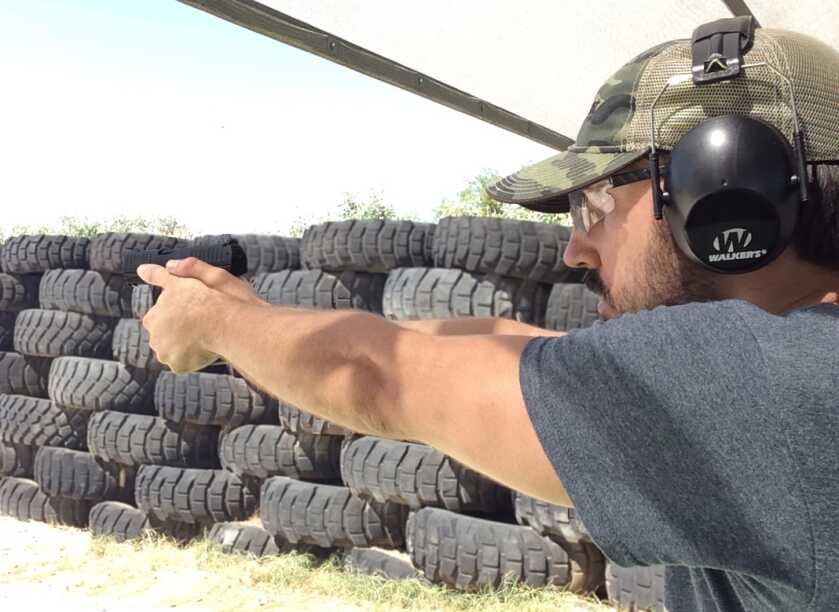
It’s always dangerous to recommend a specific concealed carry handgun. Everyone is different, and what feels good in my hand might not feel the same in yours. But if I had to recommend a sight-unseen CCW, I’d probably recommend the PPQ SC. It’s an ergonomic masterpiece with a great trigger and 10+1-round capacity. It isn’t much wider than its single-stack competition, which makes it concealable for all but the smallest of stature. The night sight model is reasonably priced, and all controls are ambidextrous.
If you’re looking for a handgun that covers all the bases and does it well, check out Walther’s new offering.
***Shop GunsAmerica for your next Walther***
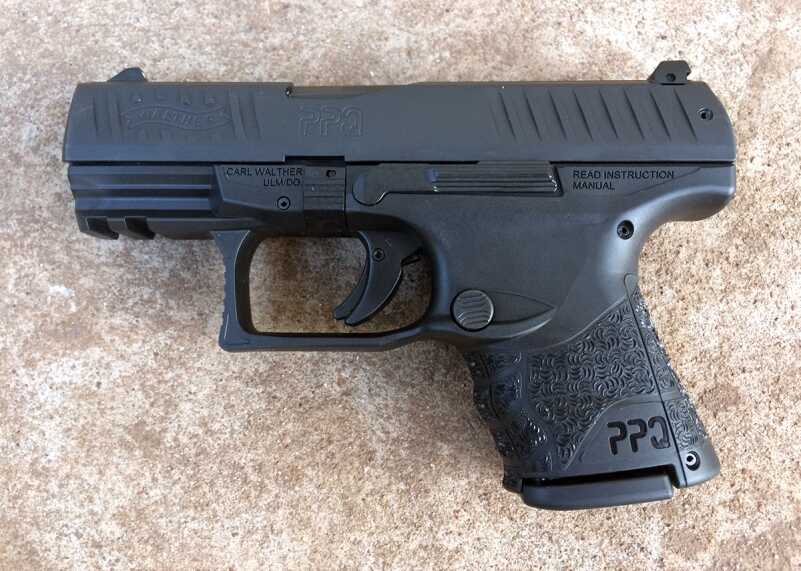
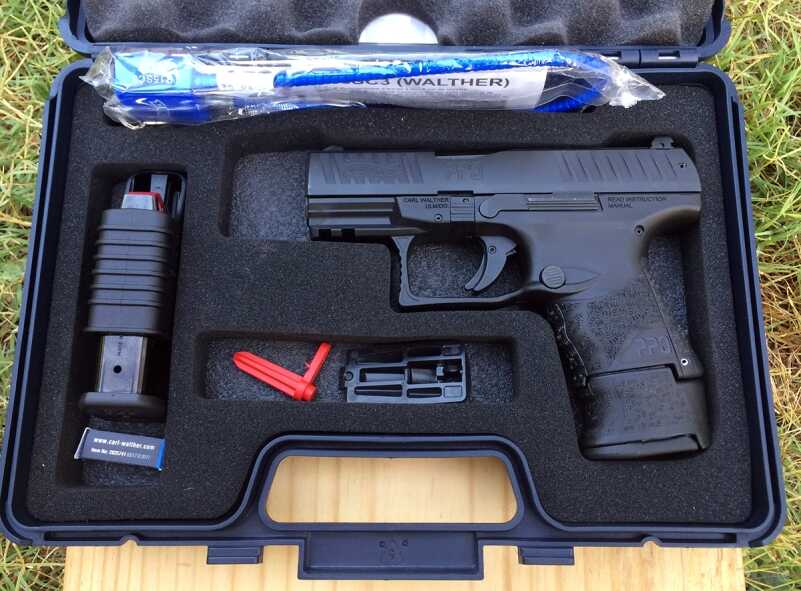
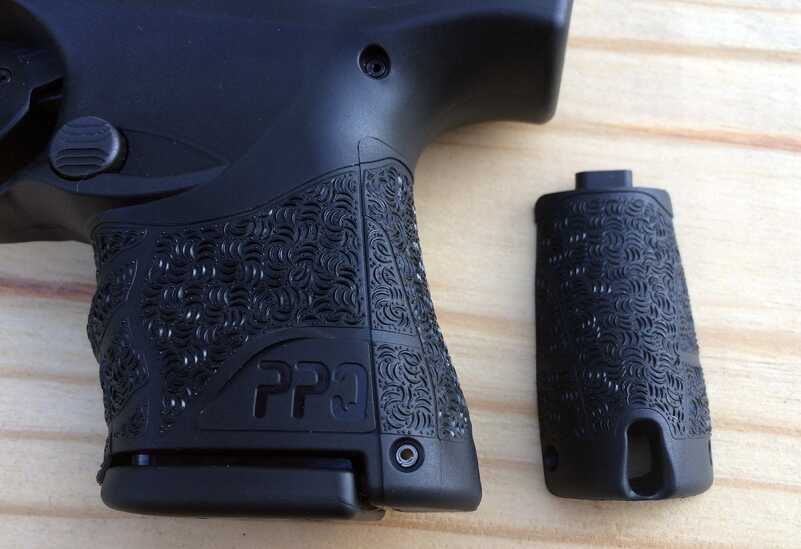
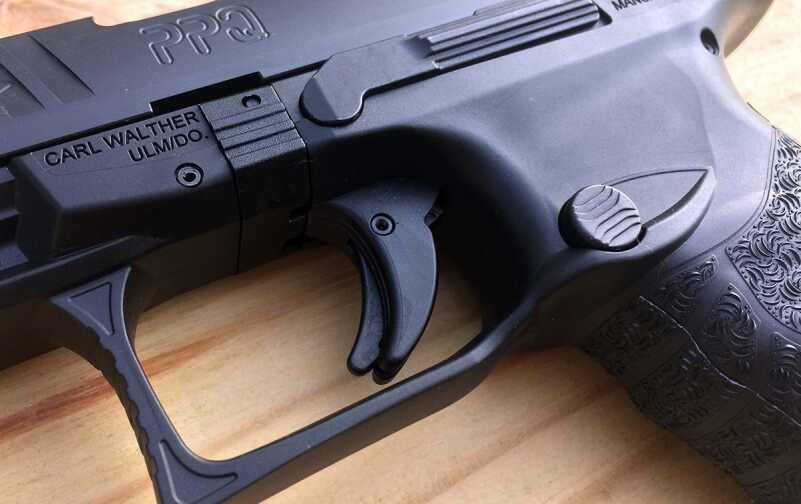
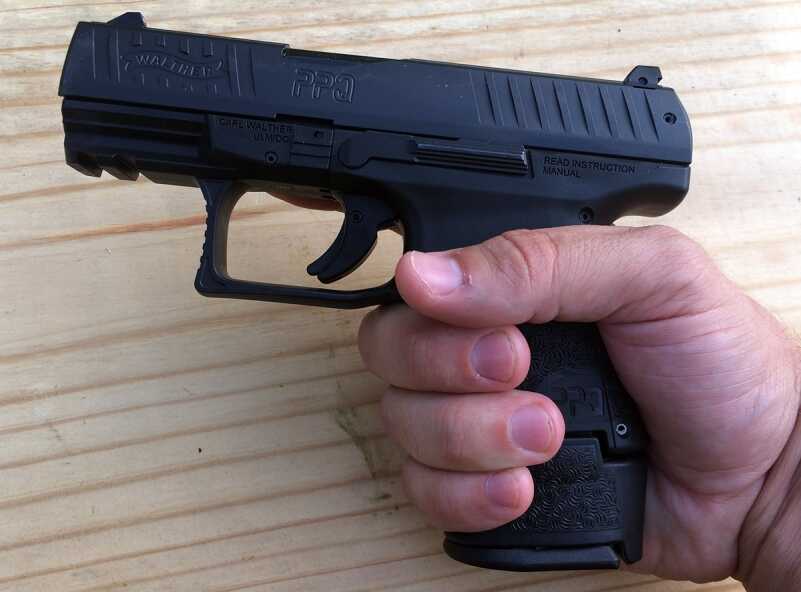
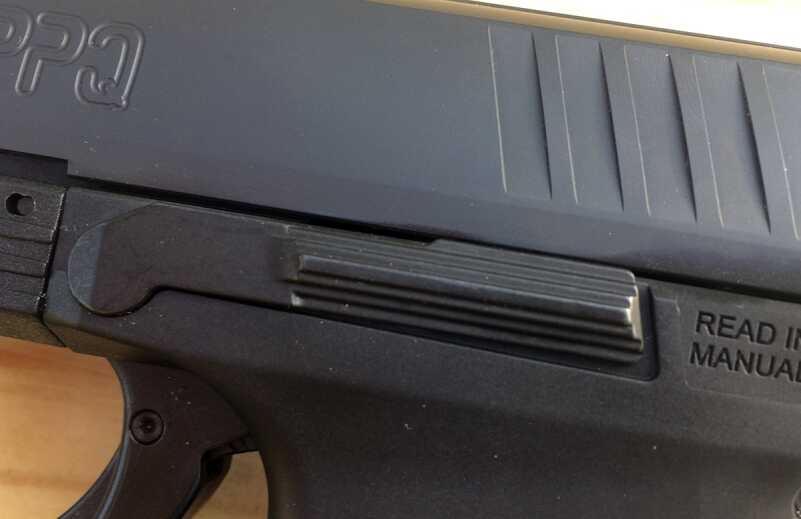
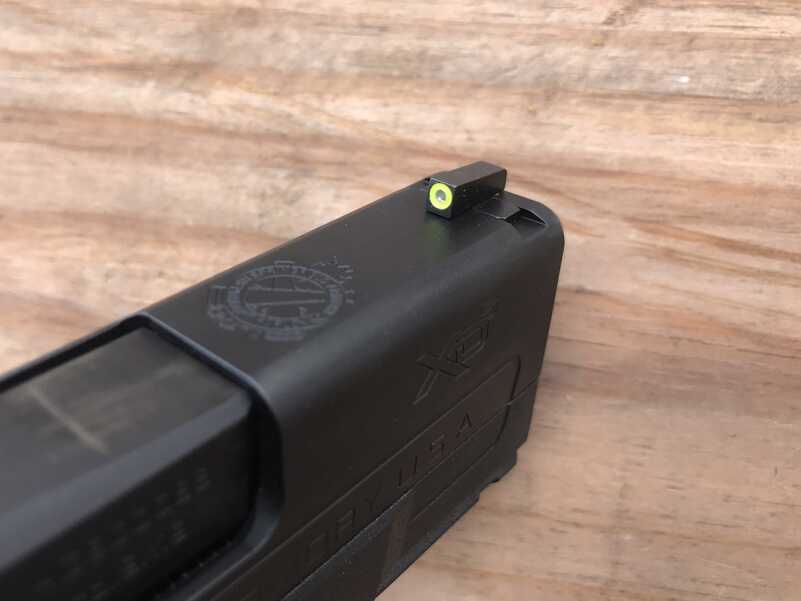
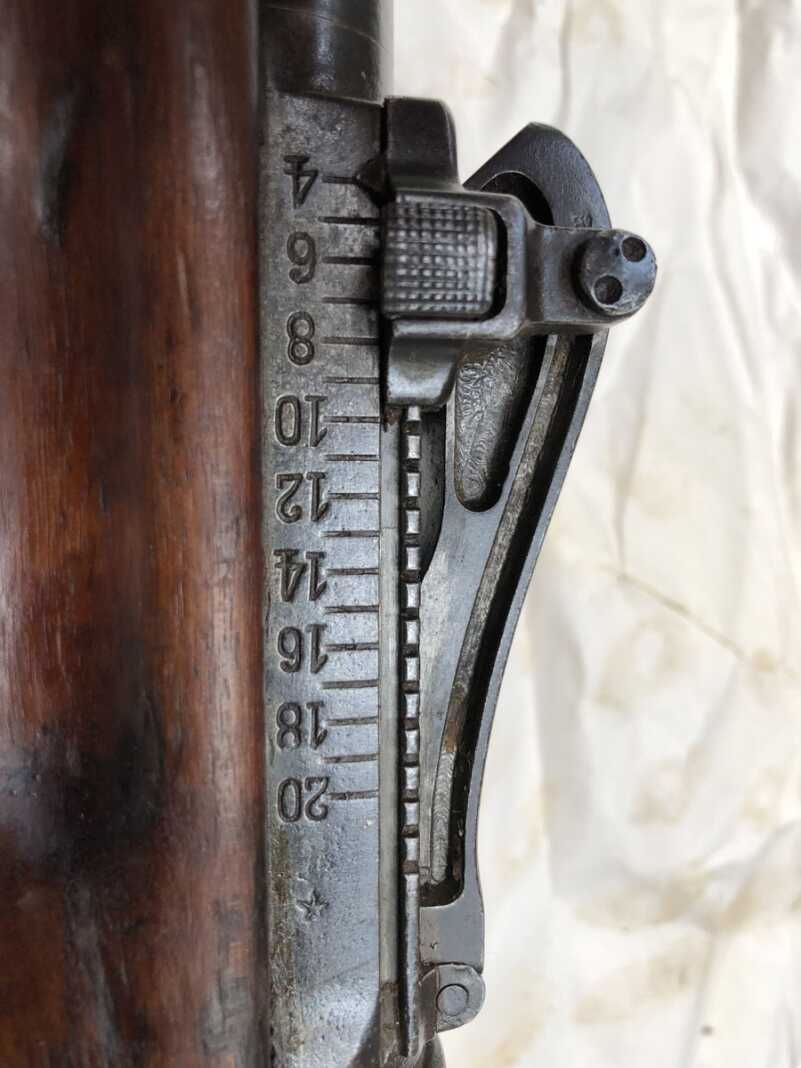
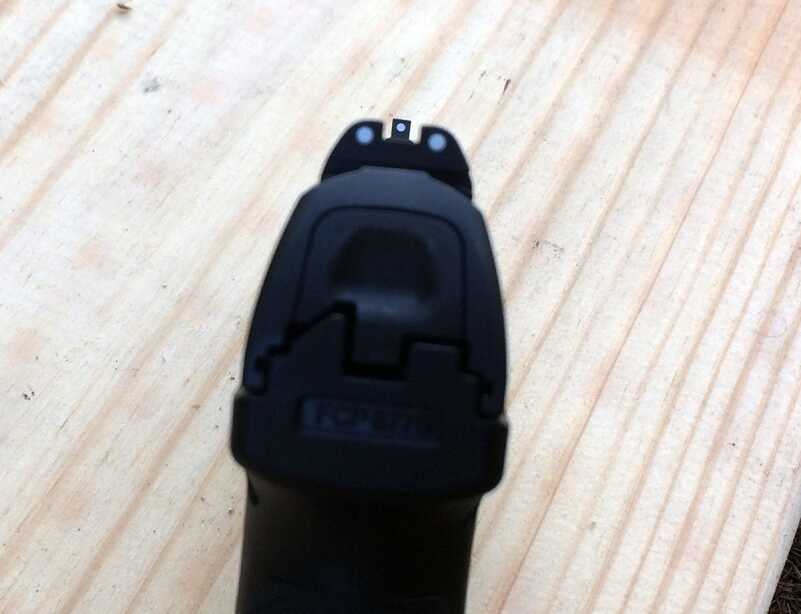
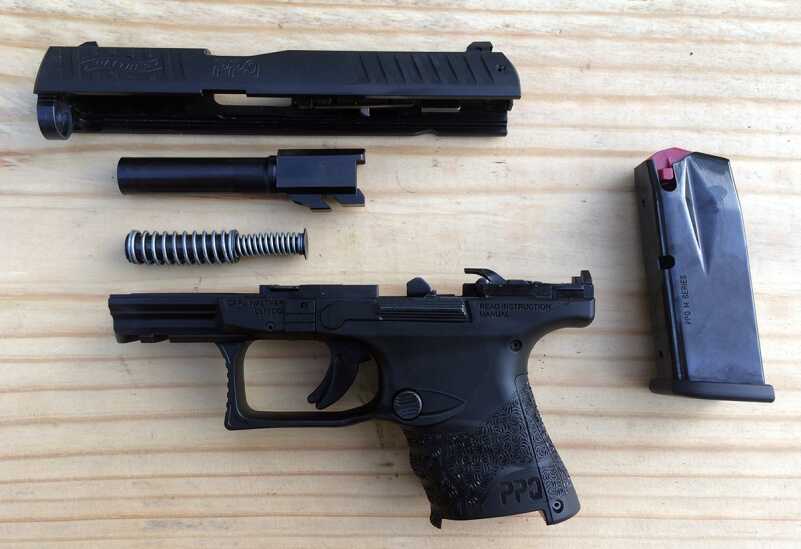
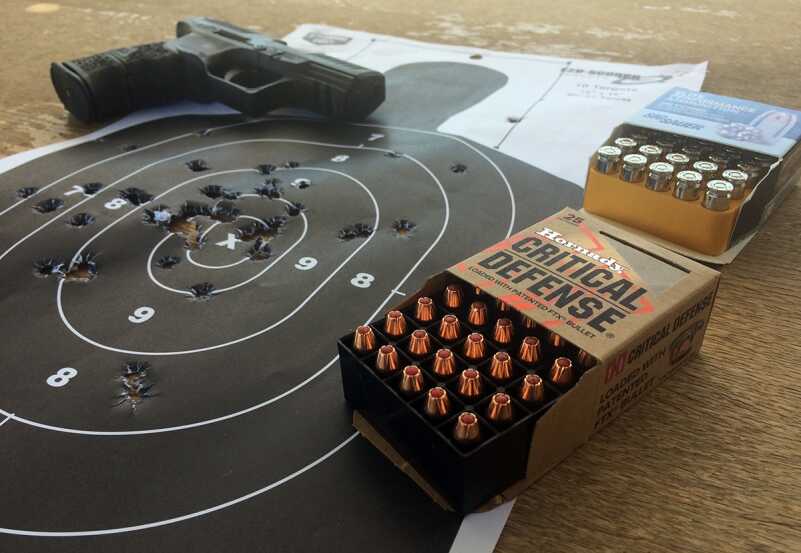
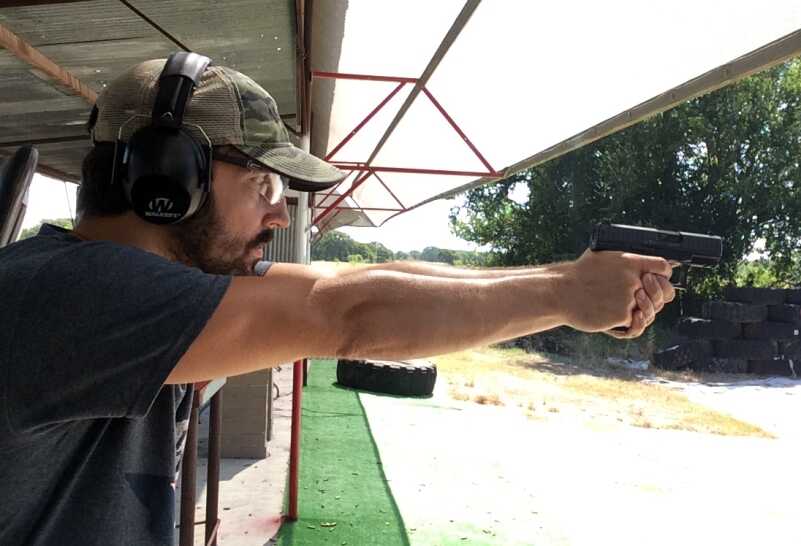
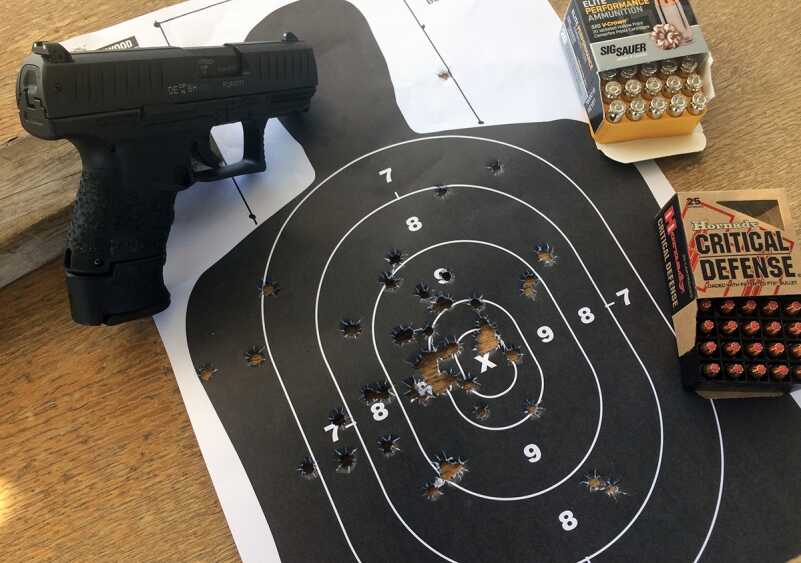
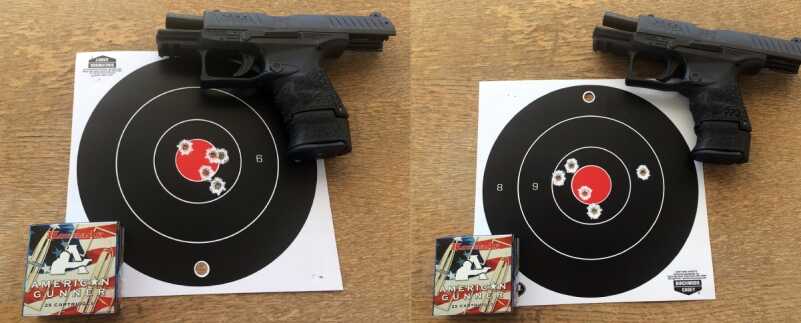
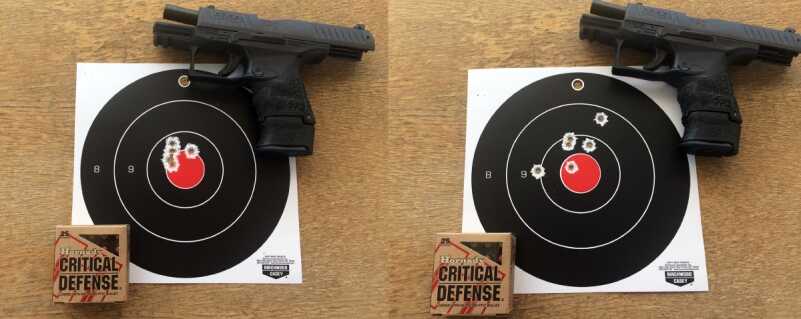
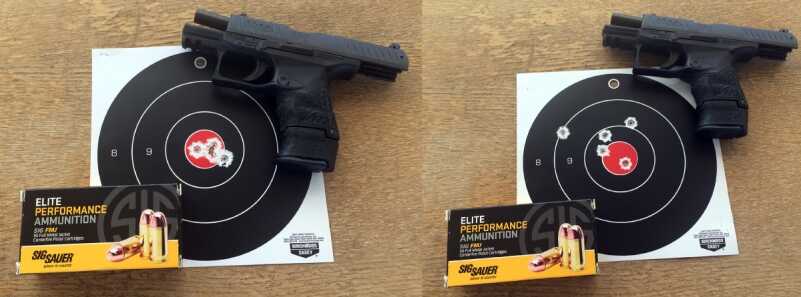
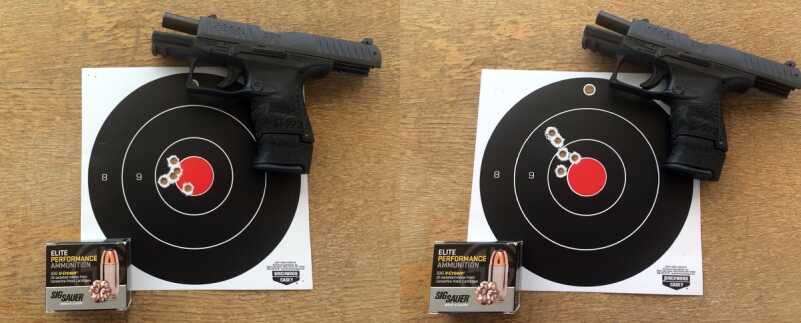
I look at the PPQ SC and to tell the truth I take the P99C AS over it any day of the week. The P99C felt better in my hand, I like the decocker option and the paddle mag release is great.
Me too! Paddle mag release and decocker. I own an FNP with decocker.
Had a p99c 40 in my hands for the first time, if it would had been a 9mm it would have been sold on the spot.
Why discontinue such a great handgun. People who have them don’t easily give them up.
I BELIEVE YOU NEED TO CORRECT THE STATEMENT ABOUT WALTHER BEING LATE TO THE CCW MARKET. IF YOU WILL LOOK BACK IN THE HISTORY OF WALTHER YOU WILL FIND THAT THEY WERTE ONE OF THE FIRST TO BE IN THE CCW MARKET. REMEMBER THE PPK ?
JP
Handsome weapon. Hopefully, the slide is not too stiff to rack. That is why I have a PK 380.
At 71, still in great shape, mostly, but have lost some of my hand strength.
How does it compare to the VP9SK?
I suppose the author has to come up with stories and titles that get us to read them, but “Raises the Bar in the Concealed Carry Market”? I read nothing in the article that indicated this pistol “raised the bar” for anything. SIG did raise the bar in the concealed carry market with their P365 by offering equal capacity, in an equal caliber, to a pistol that is .8″ longer, .1″ taller, .3″ wider, and 3.4 ounces heavier.
I’m sure it’s a great pistol, but there’s nothing particularly unique or ground breaking about it. The author did get me to read his article however.
He’s mostly talking about comfort and trigger.
Walther should start making and selling PPKs. No, not the .22 — the .380. Used ones sell for a premium price. There’s a good reason for it that Walther appears to ignore.
.380 Auto guns are just pointless in my opinion. 9 x 19 pistols are almost just as small and the ammunition is more powerful, common and a much better price.
I prefer the Walther P99C with the anti stress trigger. It’s about the same size and it has a decocker that can convert the gun into a DA/SA.
Thanks for the review but I’ll stick to my Gen3 Glock G26.
nobody cares, bro…let me guess…glock “just goes bang every time!” derpp!!!
Literally like every review I see this..
New CC pistol?
“I’ll stick with my Glock!”
New AR?
“I’ll stick with my Glock!”
New Glock?
“I’ll stick with my Glock!”
I’m starting to think that this is the pissing match way of saying “my wife said no”.
I’ve been carrying a Springfield Armory XD Mod2 Sub Compact in .45ACP for 3 years. I’m 6’0″ tall, and weigh 150 lbs. I haven’t had any problem with printing even with my “slight” frame. The magazine capacity is 9+1 and 13+1. With the smaller mag it can be a bit of a handful, but I can still manage groups similar to those shown at 15 yards for 7 yard distance.. With the larger mag my groups are very close to what is depicted at the distances shown. An additional plus for the SA is the grip safety device.
The Sig P365 is smaller and set the bar for the Walther. Thanks Sig for pushing the other manufacturers to start thinking out side the box. I’l stick with my P365.
Really, you’re thanking SIG SAUER firearms on a message board of Gunsamerica.com? Because… Sig Sauer CEO’s read this? It’s either that OR… you’re just a big douchenozzle with an inferiority complex trying to make up for your low self-esteem and insecurities by being negative towards anything that doesn’t reflect your thoughts and beliefs. Yeah that has to be it.
I mean, when it comes down to it, it was actually other manufacturers who pushed Sig to create the 365 and start thinking “inside the box”.
No one in their right mind wanted to spend a G+ on a possible piece of evidence.
Incidentally they did well.. so did SA with the XD lineup. So did Glock with their compacts. So did literally every major gun manufacturer wanting a chunk of the concealed carry market.
It’s hardware, and user preference. To each, his own.
Am I wrong? Isn’t the 365 considered a “Micro”? If the review factored in the slight size increase for the SC, maybe he likes his carry gun to be slightly larger than a 365. Anyway, for my purposes I’ll stick with the Sig. I would recommend anyone looking for a closer comparison to the SC to check out the H&K SK. They are quite impressive.
I realize that for concealed carry a short grip is preferable, but that one looks so short that it doesn’t look like it’s long enough to hold on to. I see all of the targets show the gun with the extended magazine. Did the reviewer shoot the pistol without the extended magazine?
I think I would prefer a slightly longer grip. Plus another 3/8″ would allow for two more cartridges.
Good report on a great gun, but the opening is misleading.
“Walther is among the last of the major handgun companies to offer a subcompact semi-auto”
That statement implies they didn’t have the P99 compact for 20 years before the PPQsc, which is the gun from which the PPQ is designed. It also implies that the PPS didn’t exist before all the new and popular single stack 9mm such as the Shield, G43, LC9, and now they even have a pistol named for that class, the CCP. We won’t even go into the PP, PPK, PPK/S models and how long they’ve been the standard of concealed carry. Walther took their time offering a compact PPQ, however, they cannot be accused of being late to the Concealed Cary Party as a company.
My $.02
I bought this in the 22 calibre version, in a word garbage.
Failed to feed, plastic sights.
Skip this one.
It’s it a bigger gun!! Not even in the 365’s class!! How can they be compared then?? Just trying to clarify!!
Dude!!!!!!! Need more punctuation!!!!!!!!! Got it ?????
So do you straight up recommend it over a Sig P365?